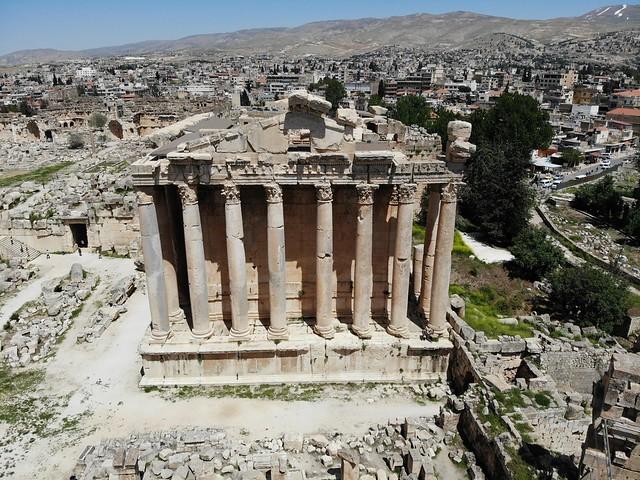Caza de Nabatîyé
Overview
Cultural Heritage
Caza de Nabatîyé, nestled in the southern part of Lebanon, is a vibrant region that showcases the rich tapestry of Lebanese culture. The city of Nabatieh, the capital of the Caza, blends a mix of historical depth and contemporary life. The atmosphere here is infused with a strong sense of community, where traditional values coexist with modern influences. The locals, known for their warmth and hospitality, often engage visitors with tales of their heritage, culinary delights, and local customs.
Caza de Nabatîyé is renowned for its cultural festivals, which reflect the region's diverse religious background. The annual celebrations, such as Ashura and Eid al-Adha, draw people from various backgrounds, creating a vibrant mosaic of traditions. Visitors may experience the sound of traditional music, the sight of colorful processions, and the taste of local delicacies, all of which contribute to an unforgettable cultural immersion.
Historical Significance
The historical significance of Caza de Nabatîyé is profound, with roots tracing back to ancient civilizations. The region has seen various cultures flourish, including the Phoenicians, Romans, and Ottomans. Historical sites, such as the ruins of ancient temples and old souks, stand as testaments to its long-standing history. The remnants of the Nabatean civilization, known for its contributions to trade and architecture, offer a glimpse into the past that captivates historians and tourists alike.
Moreover, the area played a pivotal role during the Lebanese Civil War, and remnants of this tumultuous period are visible in various parts of the city. Visitors can find memorials and museums that recount the stories and struggles of the people, providing a sobering yet important perspective on Lebanon's journey through conflict and resilience.
Natural Beauty
Caza de Nabatîyé is blessed with stunning natural landscapes that enhance its charm. Surrounding the city are lush hills and valleys that offer breathtaking views and opportunities for outdoor activities. The nearby mountains invite hikers and nature lovers to explore trails that lead to panoramic vistas and serene spots perfect for picnicking or quiet reflection. The region is also home to numerous olive groves and vineyards, where travelers can experience agritourism, sampling local wines and olive oil produced by family-owned farms.
The charming towns and villages within Caza de Nabatîyé, such as Hasbaya and Bint Jbeil, further enrich the area's natural allure. Each location boasts its unique landscape, from fertile plains to rocky terrains, making the region a splendid retreat for those looking to escape the hustle and bustle of urban life.
Local Characteristics
One of the most distinctive characteristics of Caza de Nabatîyé is its culinary scene, which combines traditional recipes with local ingredients. Visitors can indulge in a variety of dishes, from hearty stews to fresh salads, all enhanced by the use of flavorful herbs and spices. Street food is also a must-try, with vendors offering delightful snacks like manakish (flatbread topped with za'atar) and kebabs, providing a taste of everyday life in the region.
Shopping in Nabatieh offers a unique experience as well. The bustling markets are filled with handmade crafts, textiles, and local produce, giving travelers a chance to take home a piece of Caza de Nabatîyé's artistry and tradition. Engaging with local artisans, one can witness the craftsmanship that has been passed down through generations, making each item a reflection of the area's cultural identity.
In summary, Caza de Nabatîyé is a treasure trove of culture, history, and natural beauty. With its welcoming atmosphere, rich traditions, and delicious cuisine, it provides an engaging experience for travelers eager to explore the heart of southern Lebanon. Each visit offers a new story, a fresh perspective, and an invitation to immerse oneself in the local way of life.
Other towns or cities you may like in Lebanon
Explore other cities that share similar charm and attractions.



